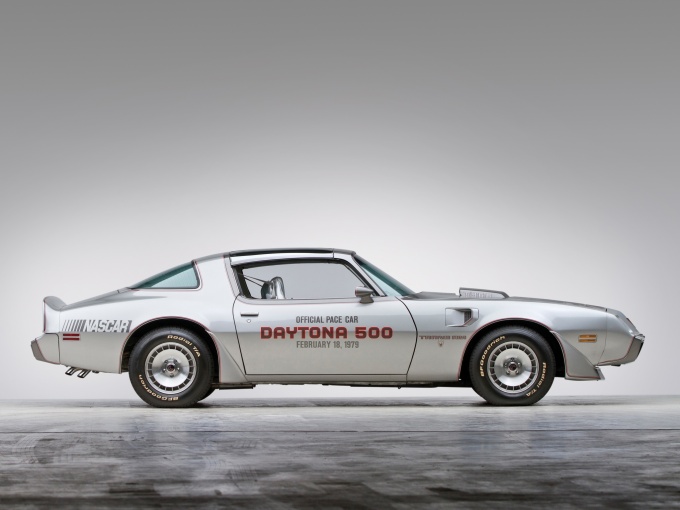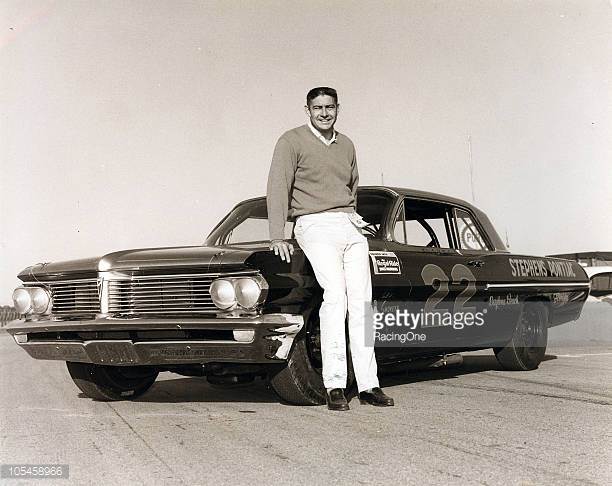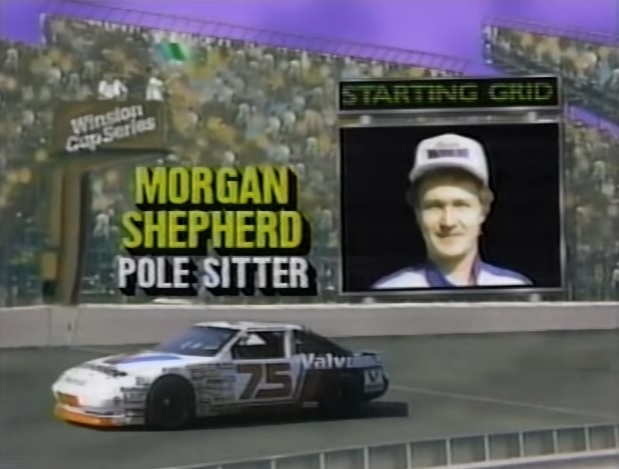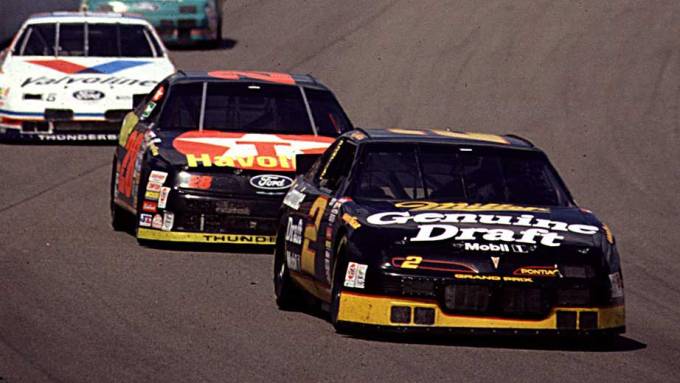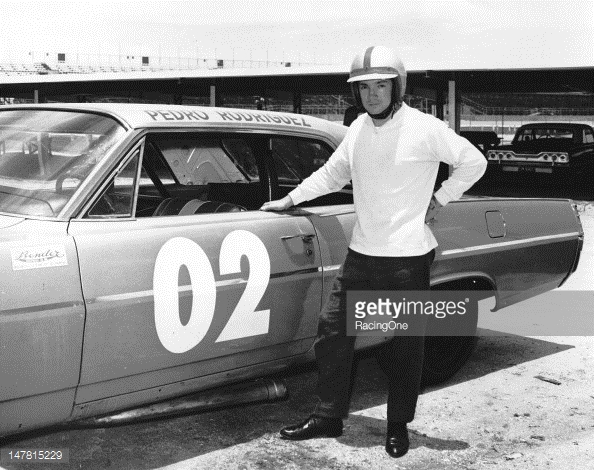03/31/2017 – I’m not sure why current NASCAR PR blurbs always negate the past history of manufacturers and only reference the wins of existing manufacturers, as if that history no longer applies. Why do they then reference past/retired winners?
http://www.espn.com/jayski/cup/2017/story/_/id/19025289/analyzing-stp-500
For the upcoming race at Martinsville Speedway, the STP 500, it marks the 36th anniversary of Pontiac’s first win (at Martinsville) since its return to NASCAR in the modern era courtesy of Morgan Shepherd in Cliff Stewart’s Performance Connection Grand Prix (Virginia 500, April 26, 1981). Morgan started 12th and led 203 laps on the day (just one less than Harry Gant in Kennie Childer’s Kencoal Mining Oldsmobile).
Pontiac has 8 wins at Martinsville (two more than Toyota, for now) – Junior Johnson/1961, Joe Weatherly/1961, Morgan Shepherd/1981, Rusty Wallace/1986 & 1993, John Andretti/1999, Tony Stewart/2000, and Bobby Labonte/2002.


